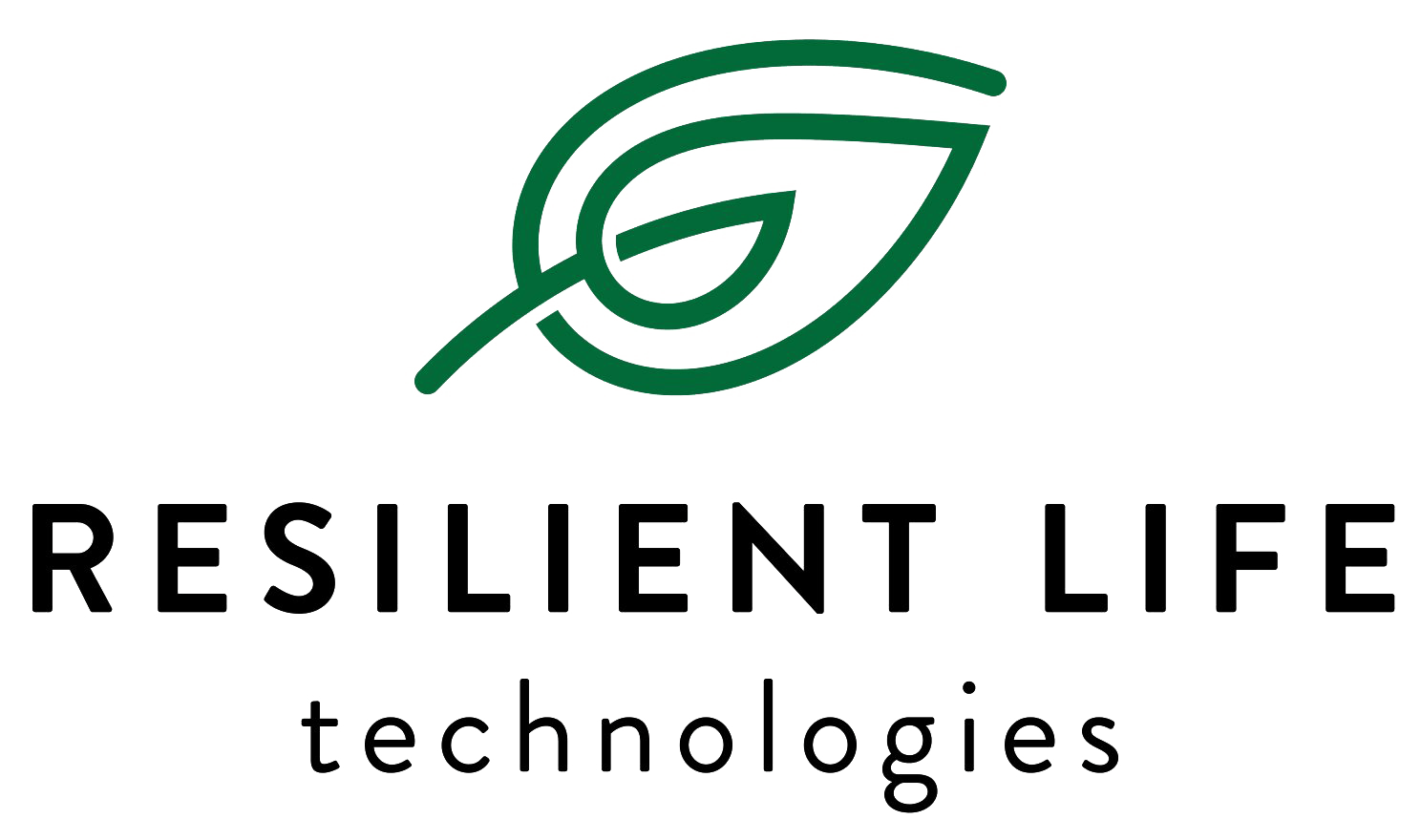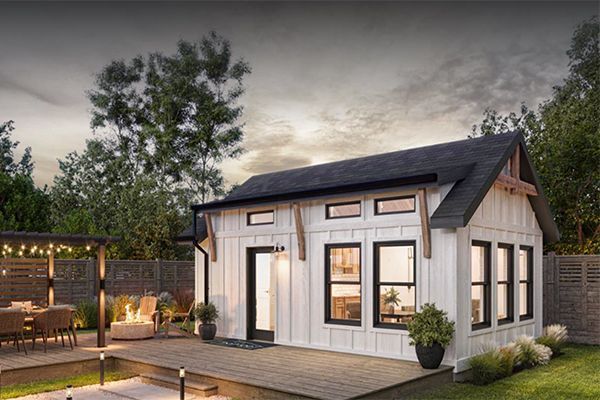Ambient Assisted Living technologies helps seniors and people with disabilities to remain living independently in their homes
Ambient Assisted Living (AAL) is a term that refers to a combination of technology, design, and social support systems aimed at improving the quality of life of older adults and people with disabilities. AAL allows individuals to live independently in their homes for longer periods of time, reducing the need for institutional care in assisted living facilities. The benefits of AAL are numerous, and the cost savings over assisted living facilities are significant.
One of the most significant benefits of AAL is that it allows older adults and people with disabilities to maintain their independence and stay in their homes for longer periods of time. AAL technologies such as smart home systems/sensors, telehealth devices, and fall detection sensors can help individuals manage their daily tasks and stay connected with their loved ones and healthcare providers. AAL also provides peace of mind for family members, knowing that their loved ones are safe and well-cared for.
AAL also offers significant cost savings over assisted living facilities. According to a study by the National Conference of State Legislatures, the average cost of assisted living in the United States is around $48,000 per year. In contrast, the cost of AAL technologies can vary, but it is typically much less expensive. For example, an Ambient Assisted Living system that will monitor a loved one at home and provide insights into the loved ones daily activities, provide valuable health, wellness and medicine adherence insights, and notify when it senses something is wrong, such as a fall or wandering from the home, cost around $1,000 to install, with small ongoing costs for maintenance and monitoring. The system can be expanded to include voice control of lights, thermostats, locks and other devices.
Another cost-saving benefit of AAL is that it can help prevent hospital readmissions and emergency room visits. AAL technologies such as remote patient monitoring systems can help healthcare providers detect early signs of illness or complications and provide timely interventions. This can reduce the need for hospitalization and prevent costly medical bills.
AAL can also help address the shortage of caregivers and healthcare professionals. With the aging of the baby boomer generation, the demand for caregivers and healthcare professionals is expected to grow significantly. AAL technologies can help ease the burden on caregivers and healthcare professionals by providing remote monitoring and assistance, reducing the need for in-person care.
In addition to the financial benefits, AAL can also improve the overall quality of life for older adults and people with disabilities. AAL technologies can help individuals maintain their social connections, engage in physical activity, and access healthcare services. This can lead to improved health outcomes, increased independence, and greater overall well-being.
In conclusion, the benefits of AAL are numerous, including increased independence, cost savings, improved health outcomes, and greater overall well-being. As the population ages and the demand for healthcare services grows, AAL technologies will play an increasingly important role in supporting older adults and people with disabilities to live independently and safely in their homes.
Marlin is a co-founder of Resilient Life Technologies, LLC, an Oklahoma company that provides Ambient Assisted Living solutions for seniors and people with disabilities that desire to remain living independently in their homes.








Share On: